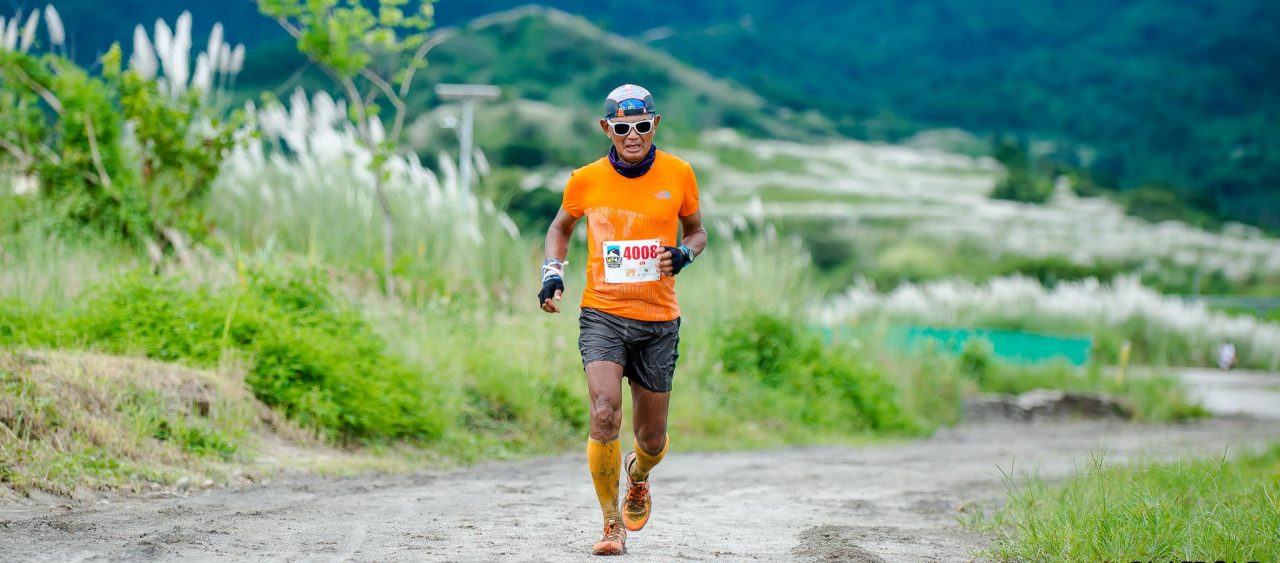In Mountain Trail Running, everything is about the Total Vertical Distance or Total Gain In Elevation for the whole course or distance that should be the main considering factor to be able to train and prepare in order to finish a certain ultra trail race.
Starting this year, I’ve been particularly interested on the total vertical distance or total gain in elevation in most of my training runs. This interest of mine had been based from an advise or suggestion from ultra trail internet resources and from two different bloggers who are also ultra trail runners and coaches. According to such advise, if the total trail distance of the course is 100K and the total elevation distance or total vertical gain is 15,000 feet, you have to divide the total gain distance by 10 in order to find out the total elevation gain for every 10K distance. By applying the formula from the said 100K course, your total elevation gain for a 10K distance should be 1,500 feet.
Simply put, if you intend to run a distance of 10K in your training, your total elevation gain should be 1,500 feet or 500 meters! If you want to have a LSD trail run for 20 kilometers, obviously, your total elevation gain should be doubled to 3,000 feet or 1,000 meters.
If you are not distance conscious and you record your runs by the time you spent on your runs or training, you can also consider your time in relation to the total gain of elevation you have covered. For example, if a 100K trail course has a cut-off time of 15 hours with a course total elevation gain of 15,000 feet, you have to divide 15 from the total elevation gain for you to have the minimum elevation gain that you should have covered for a period of one hour. Applying it on the example, you must be able to cover a vertical distance of 1,000 feet for every hour of your training run.
Because of this advise, I looked for a place where I could train for the Trans Lantau 100K Trail Run in Hongkong which has a total elevation gain of 18,000+ feet. I must have a trail running course that satisfies a total elevation gain of 1,800+ feet for every 10K distance! My Playgrounds “Alpha & Bravo” barely passed the test but I wanted a steeper trail to force my knees and gluteus muscles to be engaged more during the run. The once neglected “Brown Mountain” came into my mind and I asked my training partner, Dannin, to clean the trails with the help of the locals living thereat. In a “test run and hike” after the trail was established, I was happy about the results! At 4 miles (6.4 kilometers), my GPS watch registered 2,000 feet in total elevation gain and I have not reached the peak of the mountain yet! This is great!
The peak of the mountain is almost 1,800 feet or almost 600 meters with a distance of almost 5 miles (8 kilometers) from the point where I usually start my run. The total elevation gain once I reach the peak is almost 2,500 feet! I said to myself, this place is more than what I’ve been looking for. My runs in the “Brown Mountain” started as a Run & Hike To The Peak & Back and for a short period of time until my legs had been accustomed to the elevation. Dannin and I would take a break on the last one-third of the ascent until we were able to have a non-stop ascent to the peak of the mountain.
Our longer runs would be to traverse the mountain and have our turn-around at the other side of the mountain. I call this particular course as our “Yo-Yo” course where we have to reach the peak again once we go back from our turn-around point on the other side of the mountain and back to the place where we started. The “Yo-Yo” course would give us a total distance of 14 miles (22.4 kilometers) and a total elevation gain of 4,200+ feet or almost 1,400 meters. Our average finish time is 5.5 hours!
I may not be faster on my speed runs but my endurance in tackling more challenging and steeper slopes of mountains had improved tremendously. Finishing the TransLantau 100K Trail Run without any pain, “issues” or injury would proved that such advise on considering the Total Elevation Gain as one of the most important factors in trail running’s successful finish is a very valid and effective training tool.
As a Race Director of Running Events, it is also advisable that in order to plan for a trail running event and have it offered to the running public, the total elevation gain should also be considered. As a suggestion, if one has the intention of coming up with a trail running event, make sure that the minimum total elevation gain in a 10k distance should be at least, 1,200 feet or 400 meters. Anything that is less than the said numbers are good for the “newbies” in trail running. However, if the vertical distance of a certain course is more than the suggested 1,200 feet or 400 meters in every 10K distance, then it would be best if you have it considered as a trail running course which could earn some points for the finishers to join the UTMB or in other international trail running events.


Thanks for the advice. I am just now trying to figure out my training for 4000m vertical in 80k race. That’s 500m in 10k. I had better get training.
LikeLike
Reblogged this on Daniel Mirón.
LikeLike